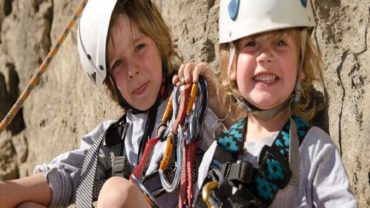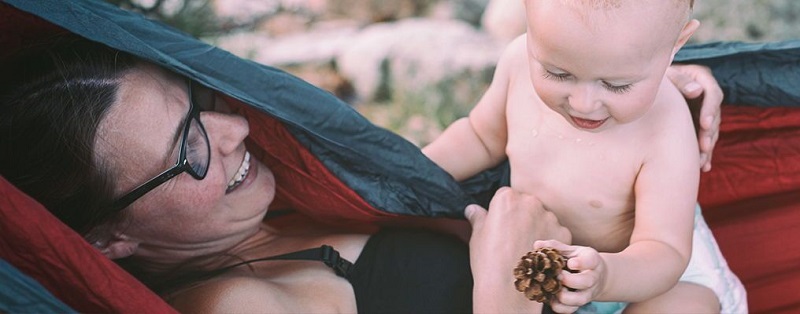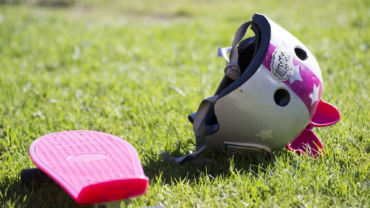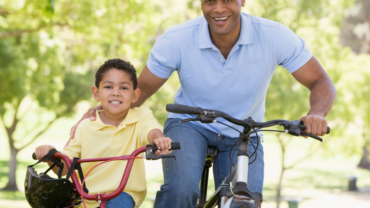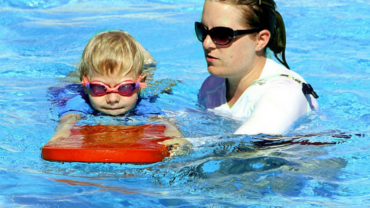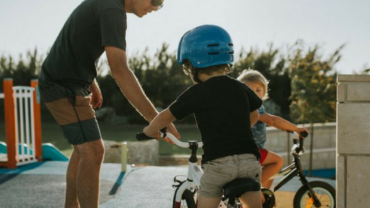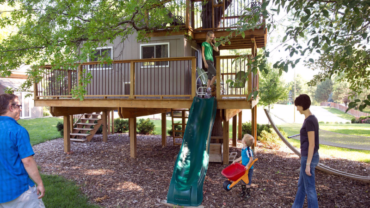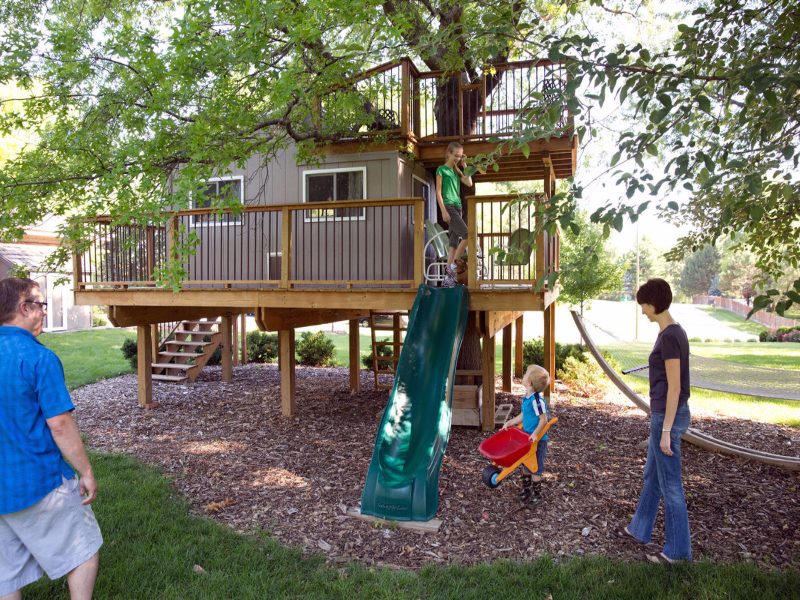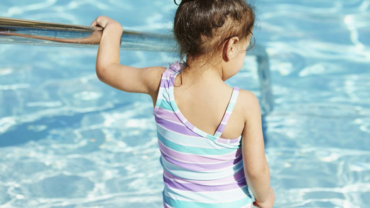via THE WILDERNESS SOCIETY: Hiking with kids is a great way to get them connected to the outdoors at a young age, but it can also be intimidating for the parent planner.
We challenge you to get the kids in your life out on the trail this summer, because part of preserving wilderness for future generations is teaching youth to appreciate and enjoy nature. Here are ten tips to help:
Keep it easy & feature-friendly. For at least the first few times, select a hike that isn’t too long or too strenuous – remember that for kids, the hike is about the experience. Picking a trail that has some features – be it a lake, stream, waterfall or something else will keep kids occupied and give them a goal to reach. And remember, it’s about the journey not the destination. If your child is more interested in getting down on his or her hands and knees to explore the undergrowth, then that is the experience for the day – there will always be a next time.
Time is your friend – so plan for lots of it. Kids are natural explorers and want to pick up and touch everything. This is one of the greatest things about hiking – there’s so much of the natural world for kids to discover and examine – make sure they have time to get their wilderness fill.
Prepare for anything. This pretty much goes for any hike, regardless of whether or not a child is involved. Always make sure to pack the 10 Essentials. Additional kid-friendly supplies are: wet wipes or tissues; lip balm; binoculars; magnifying glass; field guides (to point things out to kids); camera; and safety whistles for each child (and teach them what they are for and when to use them).
Dress for success. Layers, layers, layers. Make sure that you take ample amounts of clothing in case your child gets chilled while out on the trail. Always bring rain clothes – aside from the wet weather, they can also be great windbreaking clothing. Don’t forget hats and gloves for everyone – even in the summer, mornings can be chilly. Make sure your kids have adequate hiking shoes, depending on terrain, this could range from sandals to tot-sized hiking boots. Finally, always pack a change of clothes for each child and leave them in the car for your return from the trail – chances are your children will be wet or muddy!
Plan frequent energy stops. Hiking requires a lot of energy. Energy-sapped kids often equate to cranky kids. Keep your child happy and motivated by taking numerous small breaks for fluid and food. You can also use energy breaks as a way to keep your child moving by saying, “at that footbridge, we’ll take a break and have a snack.” Chances are, by the time they have had that snack, they will be eager to continue. Also take a medley of snacks in case your child becomes a picky eater out on the trail.
Pick a leader and make sure to rotate. Kids love feeling like they are in charge. Having the children take turns leading the hiking group can help the kids feel empowered – just make sure that the leadership rotates or this could lead to arguments further down the trail. By allowing the kids to lead, you can also make sure that the pace is slow enough so they can keep up.
Make it fun! The key to hike success is to keep the kids motivated and having fun – so why not combine the two? Create games that you and your children can play out on the trail. Have them look for signs of wildlife (scat, bird holes in trees, fur) or count wildflower species. Organize a scavenger hunt and have them find things are bumpy, smelly, small, big, living, wet…the list goes on!
Believe in the power of positive reinforcement. This is something parents excel at and it shouldn’t be left at the trailhead. When hiking, go overboard in telling your child how well they are hiking, how strong they look and how fast they are – even if they aren’t. Kids need to hear that they are doing an awesome job, especially if it’s their first time out on the trail (I’d say adults need this just as much, really!).
Leave no trace. Kids are future stewards of our public lands, so we might as well begin teaching them how to take care of those spectacular wild places at a young age. When out on a hike, make sure that all of your trash is collected – taking a gallon size zip-top plastic bag always works well for this – the “pack it in, pack it out” concept is fully embraced on our trails. To further reinforce this idea, you could also take a small garbage bag and have the kids pick up any litter they see on the way back to the car. While taking a break, make sure to examine the area and see that everything is in its place. If your child dug a hole with a stick, cover it up again before you leave. For more information on Leave No Trace, visit www.lnt.org.
Hike often! Start a family tradition of going hiking one or more times a month. Kids love the sense of adventure and doing something new. There’s a wide range of trails, terrain and sights for children to behold. With kids spending a good chunk of their time indoors during the week, hiking on the weekend is a perfect way to get them outside – be it an urban park or wilderness area trail.
Now that we’ve shared some of our trail tips with you, we’d love to hear from you! Tell us your tip to taking kids hiking!



